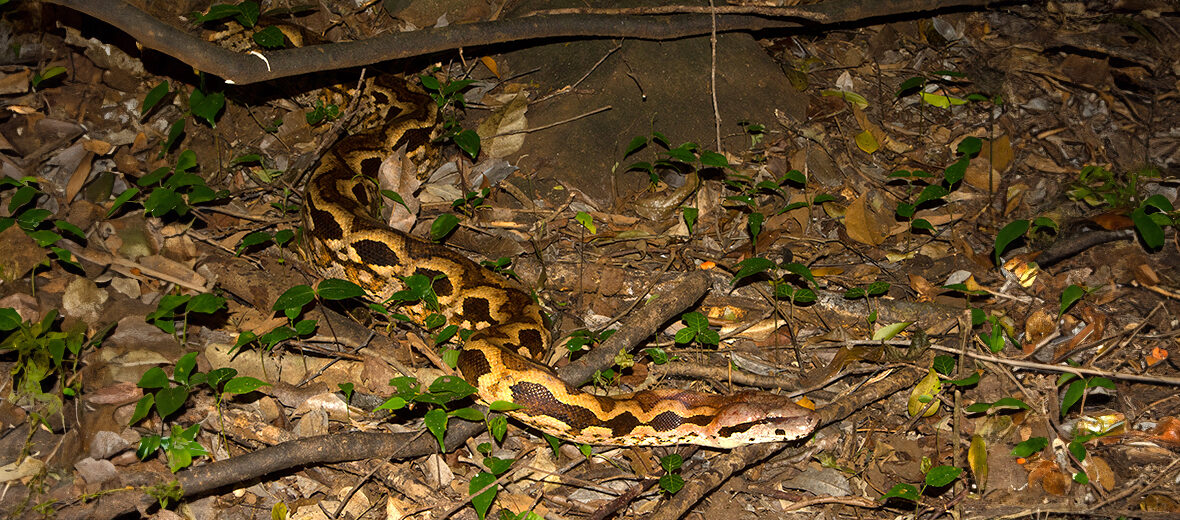
The Malagasy ground boa, aka Madagascar ground boa, hails from the island of Madagascar. They have been placed into the subfamily Sanziniinae. These boa constrictors face the threats of hunting for bushmeat, and trapping for snake skin products and the illegal pet trade. They are also persecuted for the belief that they hunt farmer’s chickens. However, they are abundant enough to be listed as Least Concern by the IUCN.
First the Stats…
Scientific name: Acrantophis madagascariensis
Weight: Up to 33.06 lbs.
Length: Up to 10 feet
Lifespan: Up to 25+ years
Now on to the Facts!
1.) Their population trend is listed as stable.
2.) These boas are the largest snake species on Madagascar.
3.) Being constrictors, they are not venomous, rather they coil around their prey and squeeze it to death, then eat it head first.
4.) The preferred habitat is sparse, open woodland, like what is found in dry deciduous forests.
5.) Shelter is taken in fallen trees, mammal burrows, debris piles, and other similar sites.
But wait, there’s more on the Malagasy ground boa!
6.) These boas typically brumate (hibernation for reptiles) in the cooler months between May – July.
7.) Various birds, including ducks, rats, mice, bats, tenrecs, and lemurs are all on the menu.
Did you know…?
These snakes are listed as CITES Appendix I, which means that commercial international trade is strictly prohibited and non-commercial trade is highly regulated.
8.) Mating season starts just after brumation ends.
9.) A female often copulates (mates) with more than 1 male.
10.) Females undergo up to a 6 month gestation that yields up to 4 2-foot long neonates (juvenile snakes).
Now a Short Malagasy Ground Boa Video!
Be sure to share & comment below! Also, check out the Critter Science YouTube channel. Videos added regularly!
Want to suggest a critter for me to write about? Let me know here.
Some source material acquired from: Wikipedia & IUCN
Photo credit: Mada Magazine



